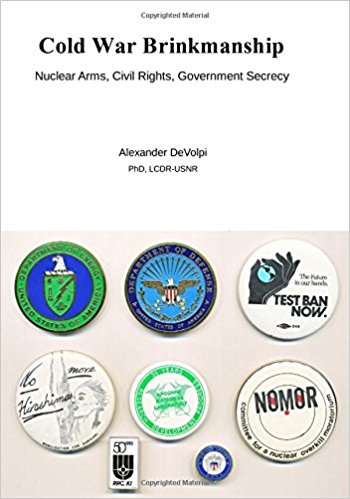Government Secrecy and Censorship
From its beginning, the Federation of American Scientists has been immersed in policies and issues regarding government secrecy and censorship. By the time World War II broke out, the fission process had been observed, followed by detection of the neutron, and recognition of induced uranium fission. In the early 1940s, some scientists in the United States, Great Britain, the Soviet Union, and Germany realized the potential for nuclear weapons.
The three atomic bombs detonated in the summer of 1945 were created and assembled at secret U.S. government sites by a mixed pedigree of scientists, engineers, and military officers. The decision to drop two of them on Japanese cities was determined by military and political events then occurring, particularly in the final year of World War II.
Our Soviet wartime ally, excluded from the American, British, and Canadian nuclear coalition, used its own espionage network to remain informed. Well-placed sympathizers and spies conveyed many essential details of nuclear-explosive development. Through this network, Stalin learned of the Manhattan Project and the Trinity test. As the German invaders began to retreat from Soviet borders, he established his own secret nuclear development project.

Frequent contributor and longtime FAS member Dr. Alexander DeVolpi has just published a new book, Cold War Brinkmanship. Dr. DeVolpi’s firsthand account “chronicles the half-century nuclear crisis,” with several mentions of and citations to the work of FAS. It is available now in paperback on Amazon.
The FY2026 National Defense Authorization Act (NDAA) paints a picture of a Congress that is working to both protect and accelerate nuclear modernization programs while simultaneously lacking trust in the Pentagon and the Department of Energy to execute them.
While advanced Chinese language proficiency and cultural familiarity remain irreplaceable skills, they are neither necessary nor sufficient for successful open-source analysis on China’s nuclear forces.
Satellite imagery has long served as a tool for observing on-the-ground activity worldwide, and offers especially valuable insights into the operation, development, and physical features related to nuclear technology.
This report outlines a framework relying on “Cooperative Technical Means” for effective arms control verification based on remote sensing, avoiding on-site inspections but maintaining a level of transparency that allows for immediate detection of changes in nuclear posture or a significant build-up above agreed limits.